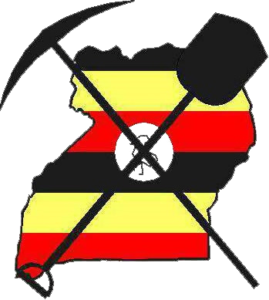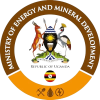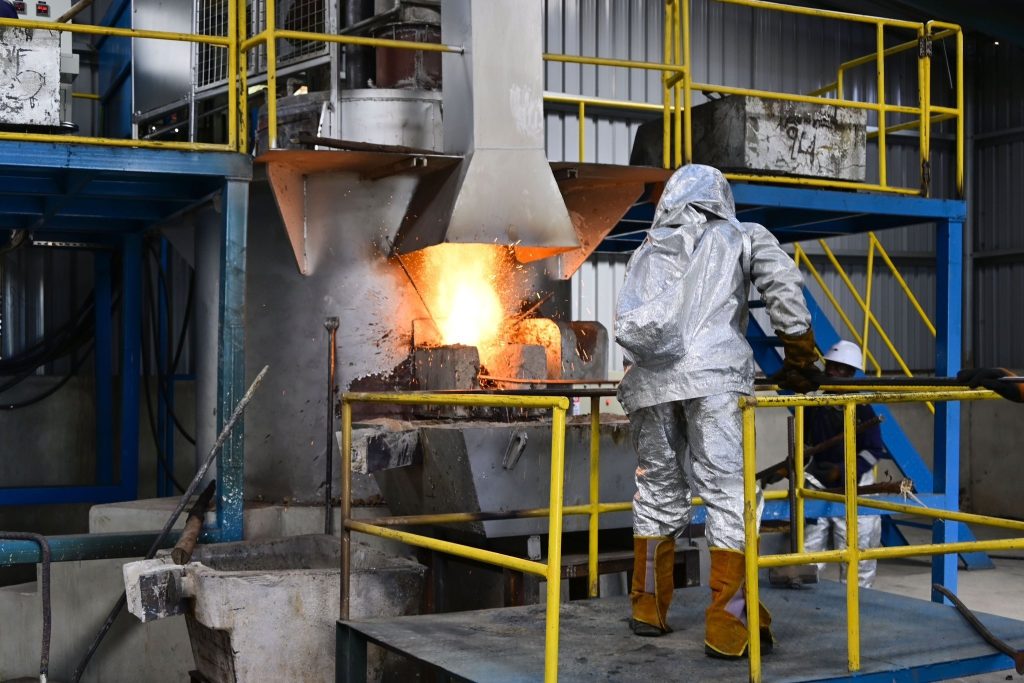
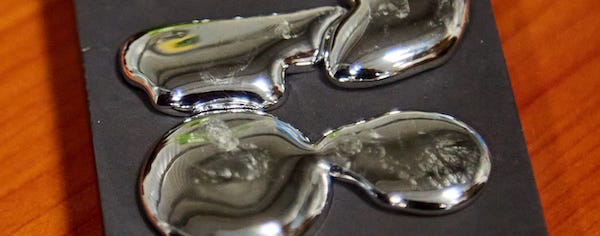
On Friday the 12th April 2024, H.E the president of Uganda launched a Tin processing plant at Ruti, Mbarara District, Uganda. The plant is owned by Woodcross Resources, a company licensed to mine at Ruhama Mine, Ntungamo District under license number ML 1466 and is capacitated to smelt over 1000 tonnes of tin.
Tin (Sn) is a chemical element of atomic number 50 and atomic weight 118.69g from carbon family, Group 14 (IVa) of the periodic table. It is a soft, silvery white metal with a bluish tinge, known to the ancients as bronze, an alloy with copper. It is obtained from a mineral called Cassiterite which contains Stanic Oxide.
Tin is the 49th most abundant element in Earth’s crust, representing 2 ppm compared with 75 ppm for zinc, 50 ppm for copper, and 14 ppm for lead widely used for plating steel cans used as food containers, in metals used for bearings, and in solder. The world’s leading producer of Tin is China followed by Indonesia. In Uganda, Tin is mostly found in South Western Uganda at Kikagati, Mwirasandu and Nyamuliro.
The launched tin processing plant, located at Ruti, Mbarara District, has a capacity to process over 1000 tonnes of Tin per year.
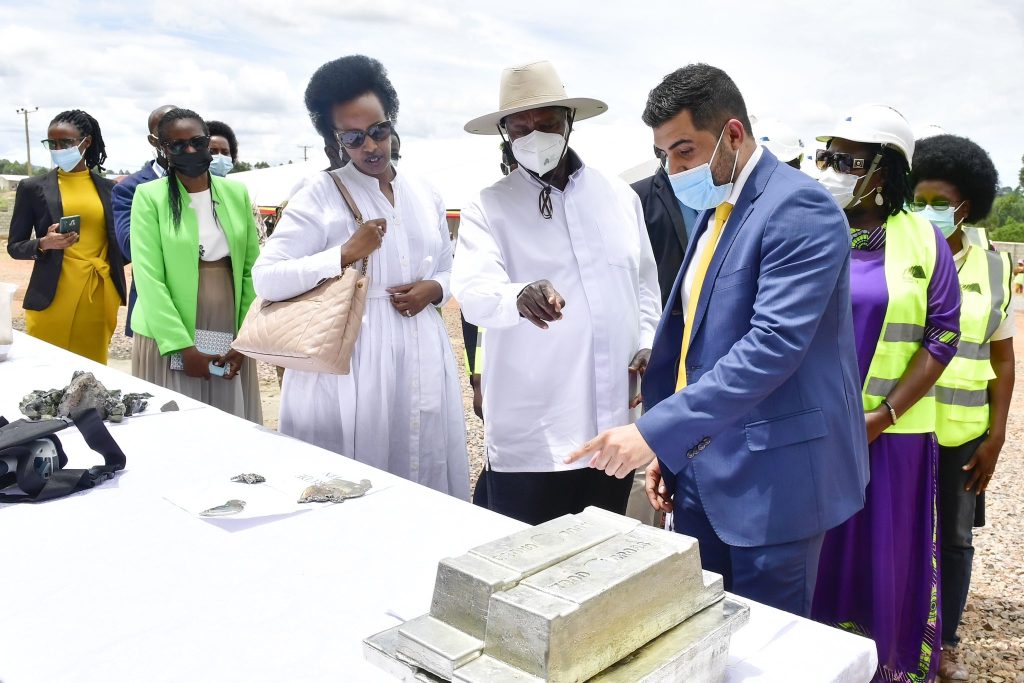
With the ability to smelt Tin from within Uganda, implies that Uganda’s tin market value price would also increase. During the launch, President Museveni re-emphasized his call for value-addition to Uganda’s raw materials especially minerals so that Ugandans can find employment and also expand market for our goods and services like electricity, water and others to boost the economy.
According to Woodcross Company, its choice for investing in tin follows a steady increase in the financial market
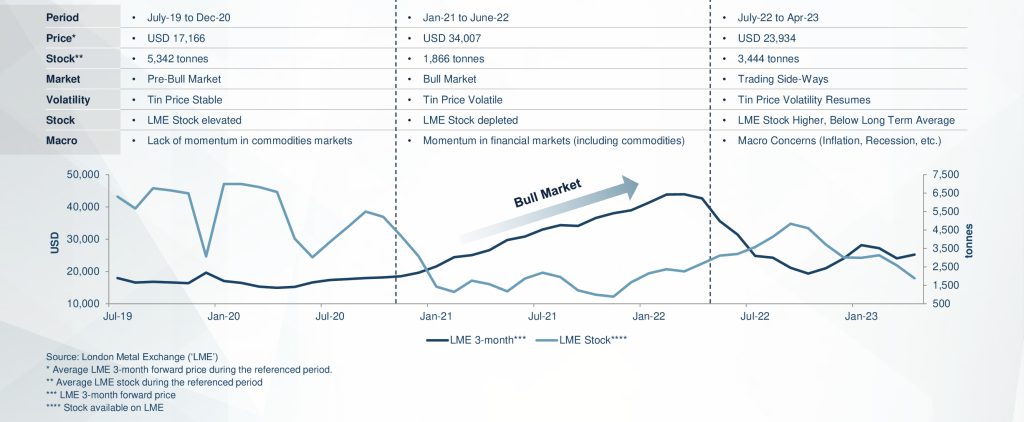
Learn more: Viagra Super Active: The Next Generation Solution for Erectile Dysfunction
This is another achievement for Uganda and the Ministry of Energy and Mineral Development whose mandate is to establish, promote the development, strategically manage and safeguard the rational and sustainable exploitation and utilization of energy and mineral resources for social and economic development of Uganda. The new tin processing plant actualises the job creation to improve livelihoods of communities around it and also generate revenues from goods and services utilised.
